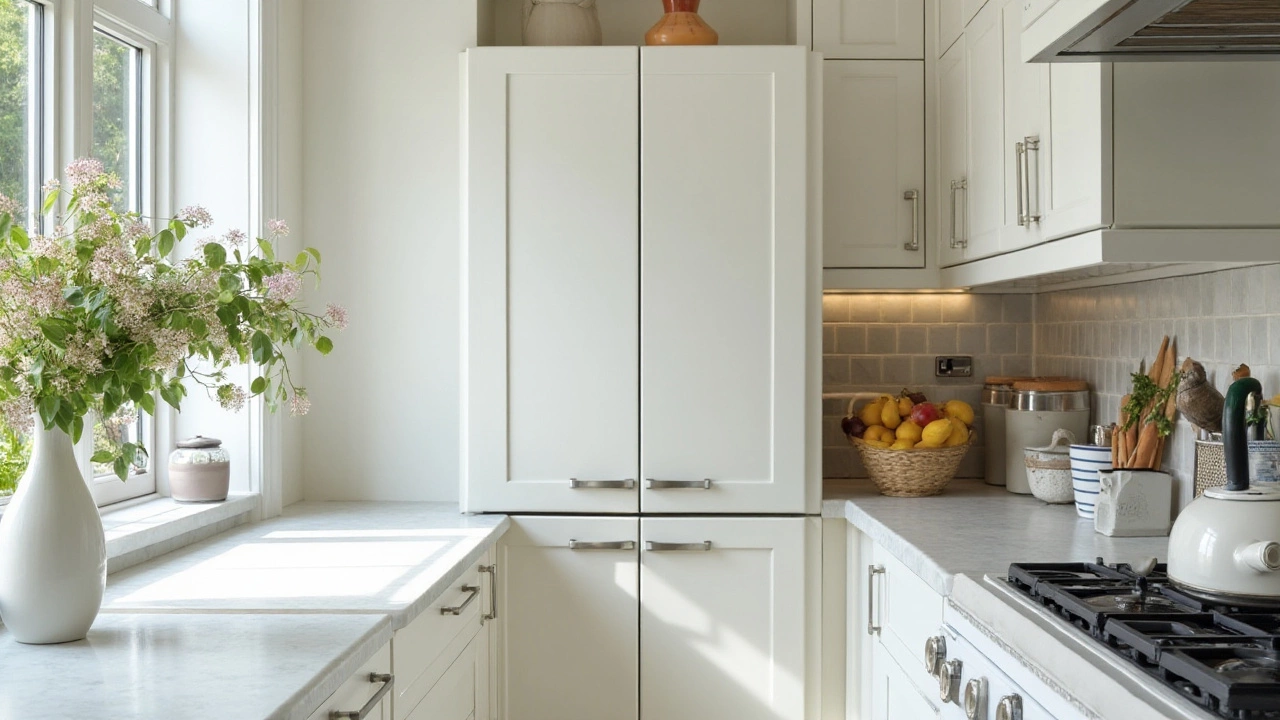Refrigerator Placement Tips for Any Kitchen
Putting a fridge in the right place can feel like a puzzle, but it doesn’t have to be. A smart spot keeps traffic smooth, saves energy, and makes the kitchen look tidy. Below are simple rules you can follow right now.
Why placement matters
The fridge is the busiest appliance in most homes. If it blocks a doorway or forces you to walk around it constantly, daily routines become a hassle. Also, a fridge near heat sources (stove, oven, direct sunlight) works harder and spikes your electricity bill. And let’s not forget the door swing – if the door hits a wall or a cabinet, you’ll keep adjusting it every time you open it.
Practical placement guidelines
1. Keep a clear path. Aim for at least 36‑inches of walkway in front of the fridge. This lets you pull out the door and load groceries without bumping into other counters.
2. Mind the height. The ideal fridge height puts the most‑used shelves at eye level – roughly 3‑4 feet from the floor. If you have a tall model, consider a base cabinet that brings the lower shelves up a bit.
3. Allow breathing space. Leave 2‑inches on each side and at the back for airflow. This helps the compressor stay cool and cuts down on noise.
4. Avoid heat zones. Keep the fridge at least a foot away from the stove, dishwasher, or any window that gets direct sun. Warm air forces the unit to run longer.
5. Check the power. Position the fridge near a grounded outlet that can handle its load. If you’re moving it, make sure the cord can reach without stretching.
6. Think about door swing. Open the door fully and see which way it swings naturally. If it hits a wall, flip the hinges or relocate the fridge. For narrow kitchens, a French‑door fridge with double swing can be a lifesaver.
7. Island or wall? If you love the look of an island fridge, make sure there’s at least 48‑inches of clearance around it. This keeps the flow open and lets you pull out the door without crowding the prep area.
8. Light and visibility. A fridge under a bright window can cause glare on the door panel. If that’s an issue, add a simple shade or choose a matte finish.
9. Accessibility matters. If anyone in the house uses a wheelchair or has limited reach, place the fridge at a comfortable height and keep the handle easy to grip. Low‑profile models work well for accessibility.
10. Future‑proof your layout. When planning a remodel, map the “kitchen work triangle” (fridge‑sink‑cooktop). Keeping these three points within a 15‑foot distance makes cooking smoother and reduces foot traffic.
Every kitchen is unique, so use these pointers as a checklist rather than a strict rulebook. Walk around with the fridge doors open, picture how you move through the space, and adjust as needed. A well‑placed fridge not only looks better, it works better – and that’s a win for your wallet and your daily routine.






